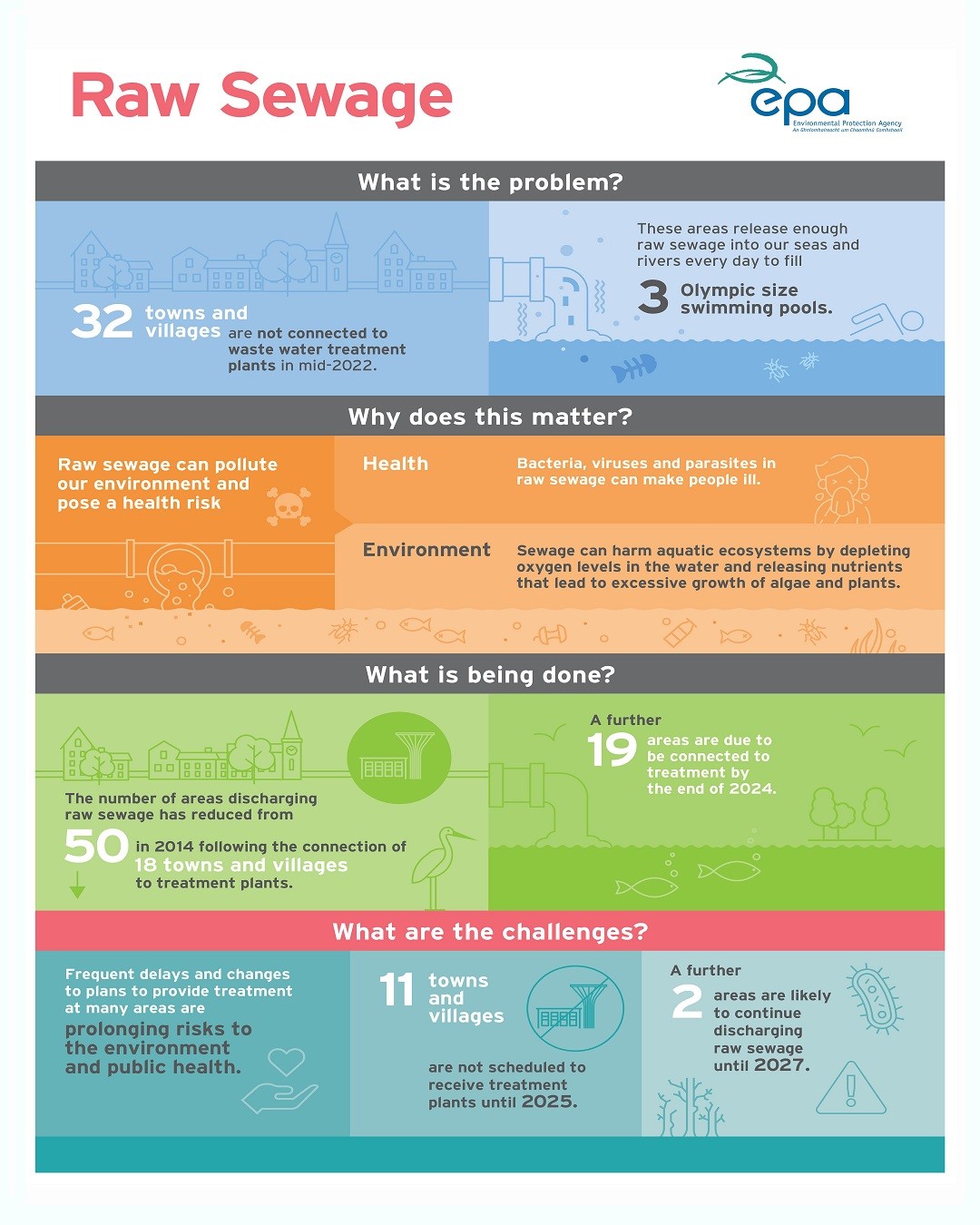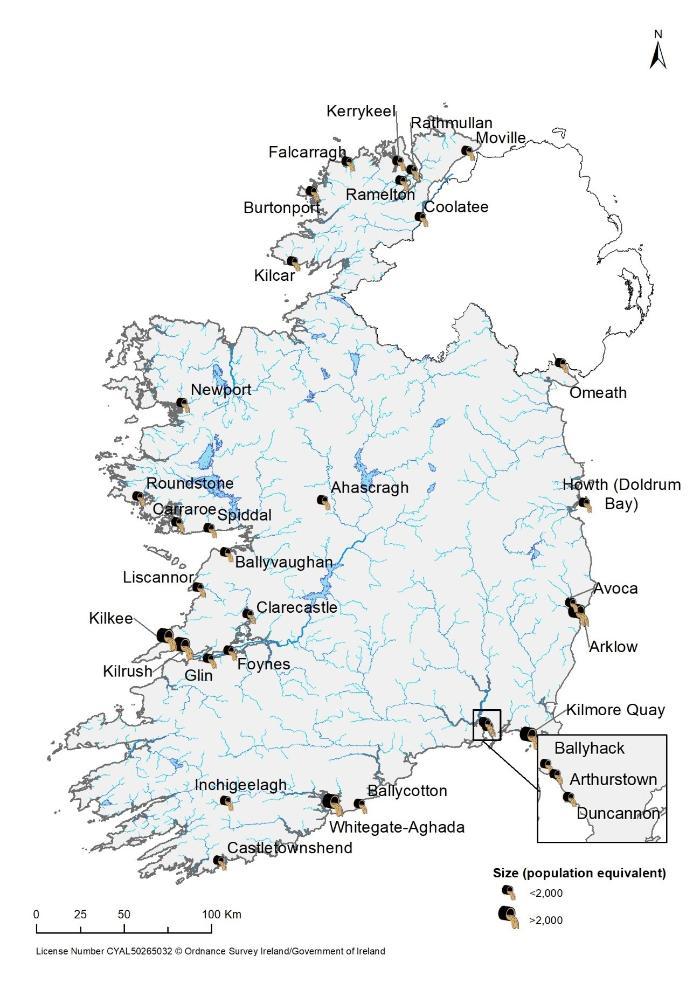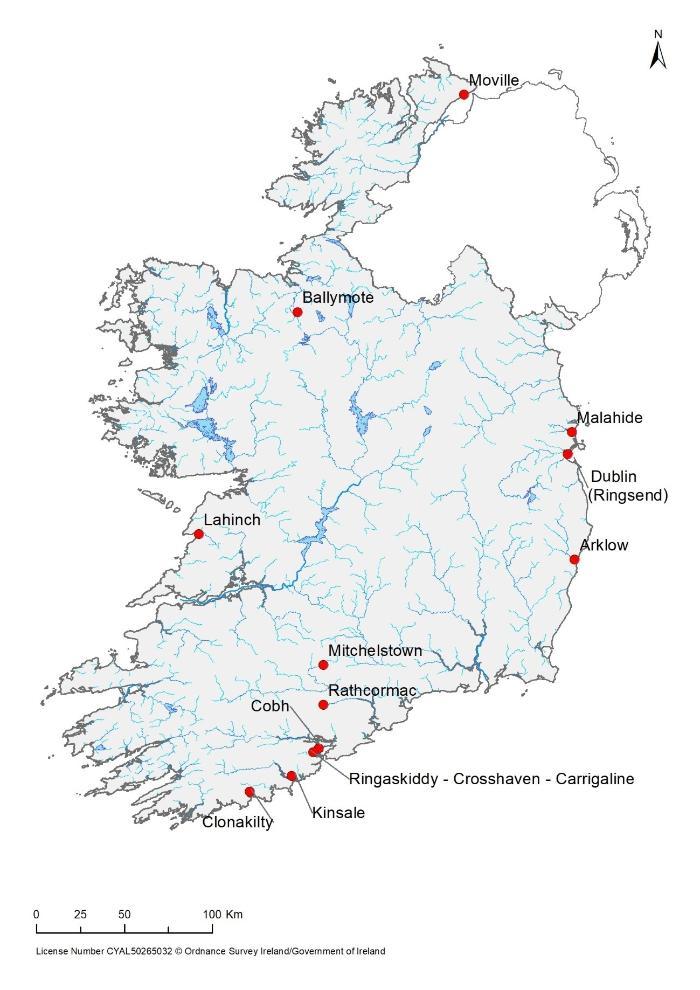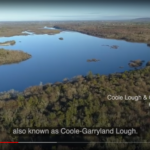The EPA is seeking proposals from the research community to…
Poorly treated sewage continues to harm the quality of our rivers, lakes and coastal waters, says EPA.
On 19 October 2022 the EPA published ‘Urban Waste Water Treatment in 2021. This report provides an overview of urban waste water treatment in Ireland during 2021. It identifies the priority issues that must be addressed to protect our environment from the harmful effects of waste water discharges.
- Just half (51 per cent) of Ireland’s sewage was treated to the European Union standards set to protect our environment, well below the EU average of 90 per cent.
- Works to eliminate raw sewage flowing into seas and rivers from 32 towns and villages have commenced or are due to start by 2024.
- Irish Water has no clear plan to improve treatment at 27 priority areas where waste water discharges are impacting on rivers, lakes and coastal waters.
The EPA report on Urban Waste Water Treatment in 2021 shows that investment in waste water infrastructure is delivering improvements to priority areas identified by the EPA, but treatment at many areas is still not as good as it needs to be.
Irish Water does not have clear plans in place to deal with one-third of the priority areas where waste water is adversely impacting the environment and has not allocated resources in its investment plan to complete improvements at these areas. Irish Water must provide for all improvements needed at these areas in its next investment plan, which covers the period 2025-2029.
This report shows that targeting investment at the priority areas identified by the EPA is delivering improvements in water quality, and the elimination of raw sewage discharges from Cobh and Castletownbere in Cork are good examples of progress. However, it will take a high level of sustained investment over the next two decades to bring all treatment systems across the country up to the required standard to protect the environment and public health.
Irish Water has failed to produce action plans to improve treatment at one-third of the priority areas identified by EPA where waste water is harming our rivers, lakes and coastal waters. It is essential that Irish Water provides clear, site specific action plans and time frames to improve treatment in these areas, and it needs to allocate the necessary resources in its next investment cycle to implement and complete them and to resolve the associated environmental harms
Dr Tom Ryan, EPA Director
Ireland’s largest treatment plant at Ringsend in Dublin is overloaded and fails to consistently treat sewage to the required standards. A major upgrade of the plant began in 2018 and is due to be completed in 2025.
Construction work to provide treatment for the 32 areas discharging raw sewage listed in the report is either ongoing or due to start in the next two years. It is essential that Irish Water delivers these projects as soon as possible.
Sixteen years after the final deadline to comply, half of Ireland’s sewage is still not treated to the standards set to protect the environment. It is particularly concerning to see some towns such as Ballymote in Sligo failing in 2021, despite having the necessary treatment infrastructure and meeting the standards in 2020. This highlights the need for improved vigilance and oversight by Irish Water to make sure treatment infrastructure is always operated at its optimum.
Noel Byrne, EPA Programme Manager

The report also highlights that Irish Water needs to improve its information on the condition and performance of sewers to inform and plan upgrade works necessary to mitigate environmental risks from sewer overflows.
Environmental priorities
It will take many years and a multi-billion euro investment to get all treatment systems up to standard. As all the problems cannot be dealt with in the short term, the available resources must be directed where they are most needed and will bring the greatest benefits. The EPA identifies the following as the priority areas:
- 32 towns and villages that were still discharging raw sewage into our environment every day in mid-2022. Three of these, Duncannon, Arthurstown and Ballyhack in County Wexford were connected into a new treatment plant in August 2022 and testing of the new plant is ongoing.
- 12 large towns and cities that did not treat sewage to EU standards set to protect the environment. Almost half of Ireland’s sewage is generated in these areas, with most of it produced in the greater Dublin area, which is served by an overloaded plant at Ringsend.
- 38 areas where waste water discharges are having an adverse impact on rivers, lakes, estuaries and coastal waters. Irish Water has no clear action plan or time frame to improve treatment at 27 of these.
- 12 towns and villages where waste water treatment must improve to protect endangered freshwater pearl mussels living in nearby rivers. Irish Water has failed to provide a clear time frame to complete the work at five of these areas.
- 6 large towns and cities where collecting systems (sewers) must be upgraded to address a judgement from the Court of Justice of the European Union and to ensure waste water is retained within the sewers and conveyed for treatment.
Learn more:
The report is available on the EPA website.
The list of priority areas and the environmental issue at each area are available on the EPA website at the link here. This also shows when and how Irish Water will resolve the priority issue at each area.









